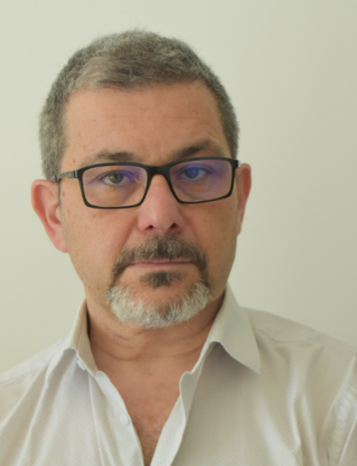Prof. Alessandro Formisano

Prof. Alessandro Formisano received the Ph.D. degree in Electrical Engineering from the University of Naples Federico II, Naples, Italy, in 1997. He is currently a Full Professor of Electrical Sciences at the University of Naples Federico II, with six years of seniority in the role. Since joining the Engineering Faculty in 1996, he has been actively teaching both undergraduate and Ph.D. courses in Electrical Circuits and Electromagnetism.
The main research interests are:
-Development of numerical models for electromagnetic coupled problems, plasma identification, and 3D magnetic field analysis in Tokamaks.
-Advanced methods and algorithms for optimal design and inverse problem resolution in quasi-stationary electromagnetism, incorporating both deterministic and stochastic approaches.
-Investigation of the effects of uncertainties in production processes on the performance of electromagnetic devices.
-Application of Artificial Intelligence and Neural Networks to solve direct and inverse problems in electromagnetism.
Presentation: Data-based approaches for electromagnetic problems
Machine-Learning (ML) approaches are getting more and more popular and effective for the resolution of direct and inverse problems in computational electromagnetics. The nature of the two classes of problems makes suited approaches quite different for each class. While direct problems are usually well-posed, inverse problems suffer from the curse of ill-posedness, requiring suited countermeasures to achieve satisfactory results. ML approaches cannot escape this problem, and dedicated paradigms must be devised. In the presentation, with reference to low and high frequency electromagnetic inverse problems, some ML approaches will be discussed, highlighting advantages and pitfalls. In particular, Shallow Neural Networks (SNN), Physically-Informed Neural Networks (PINN), Generative Adversarial Networks (GAN) and Deep Neural Networks (DNN) will be briefly revised and an assessment of performance using benchmark problems will be presented, both for direct and inverse electromagnetic problems.